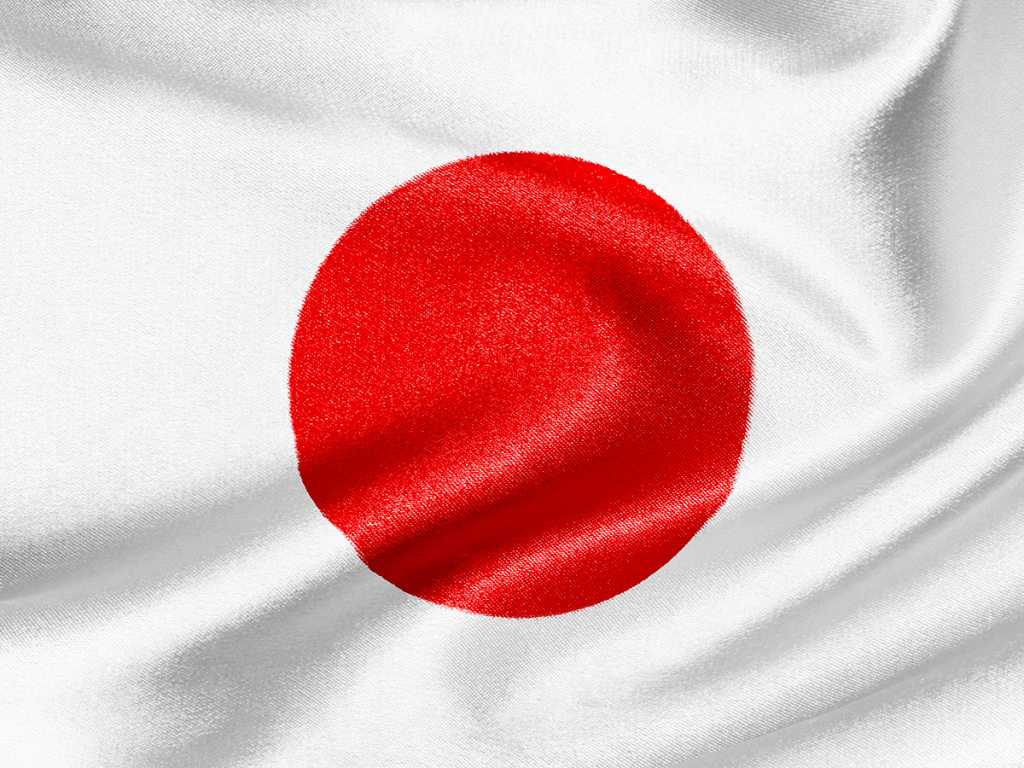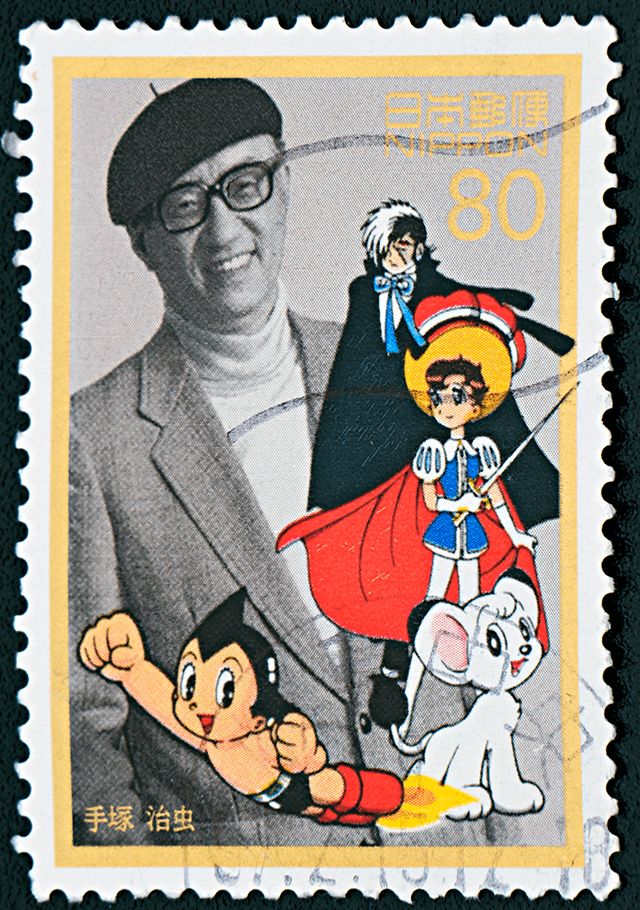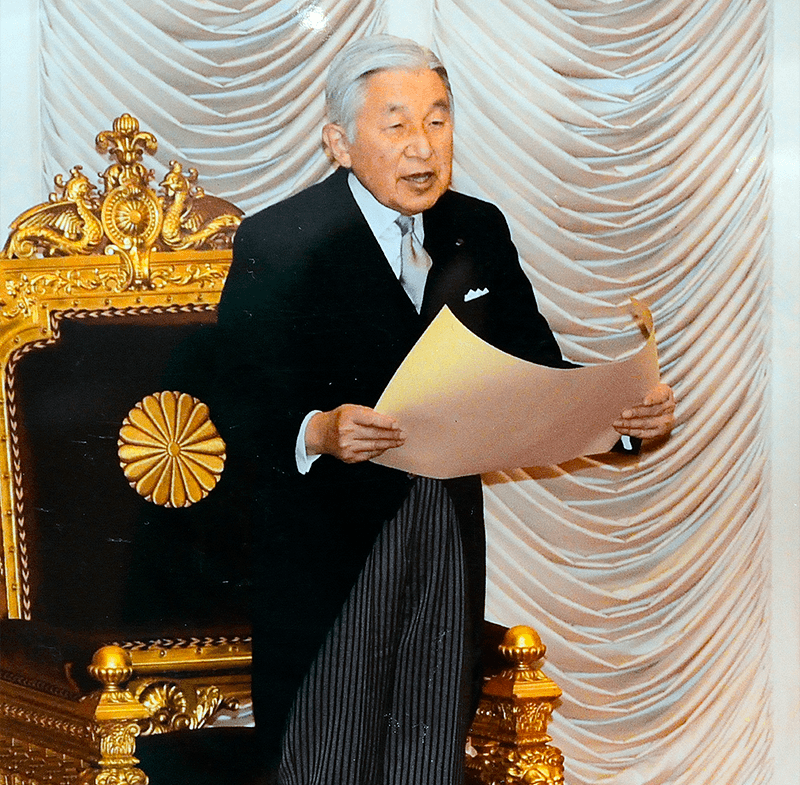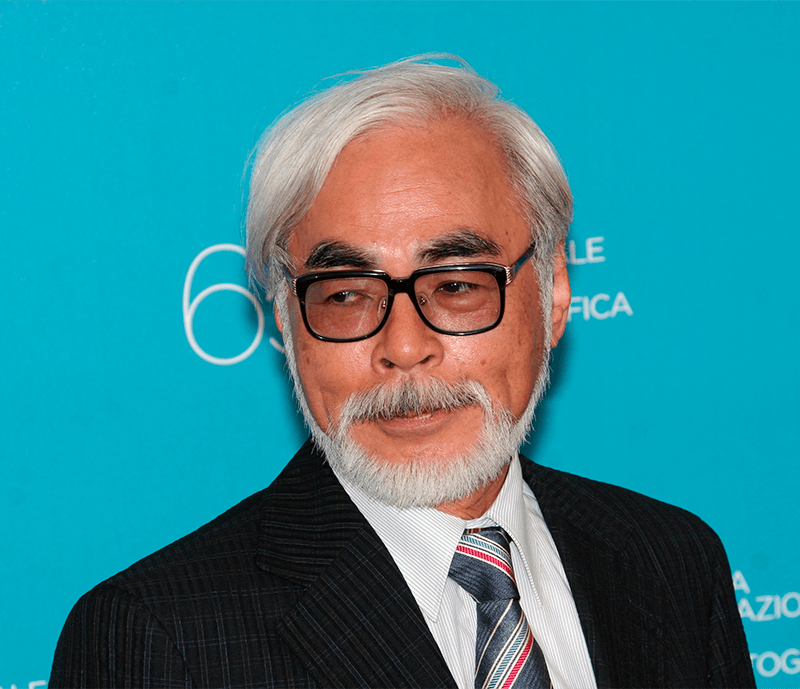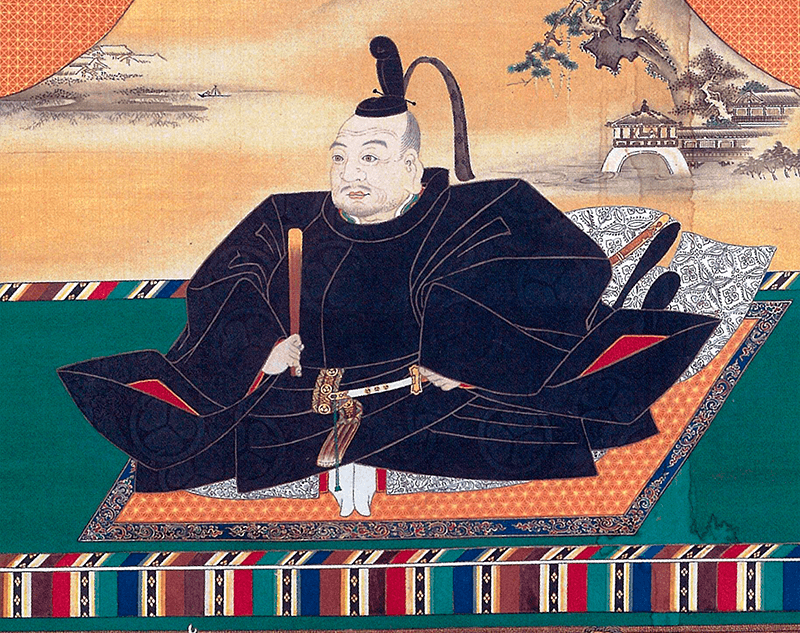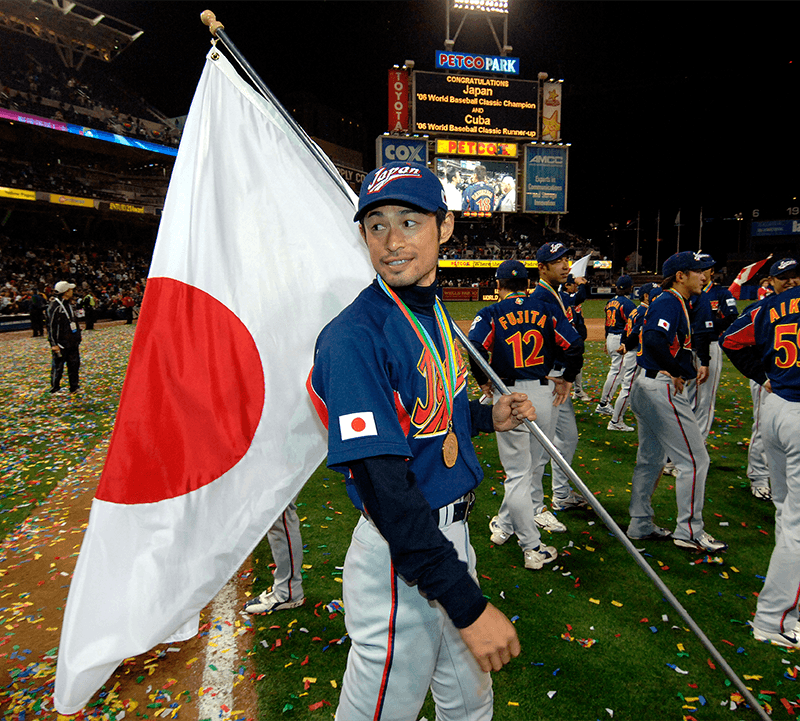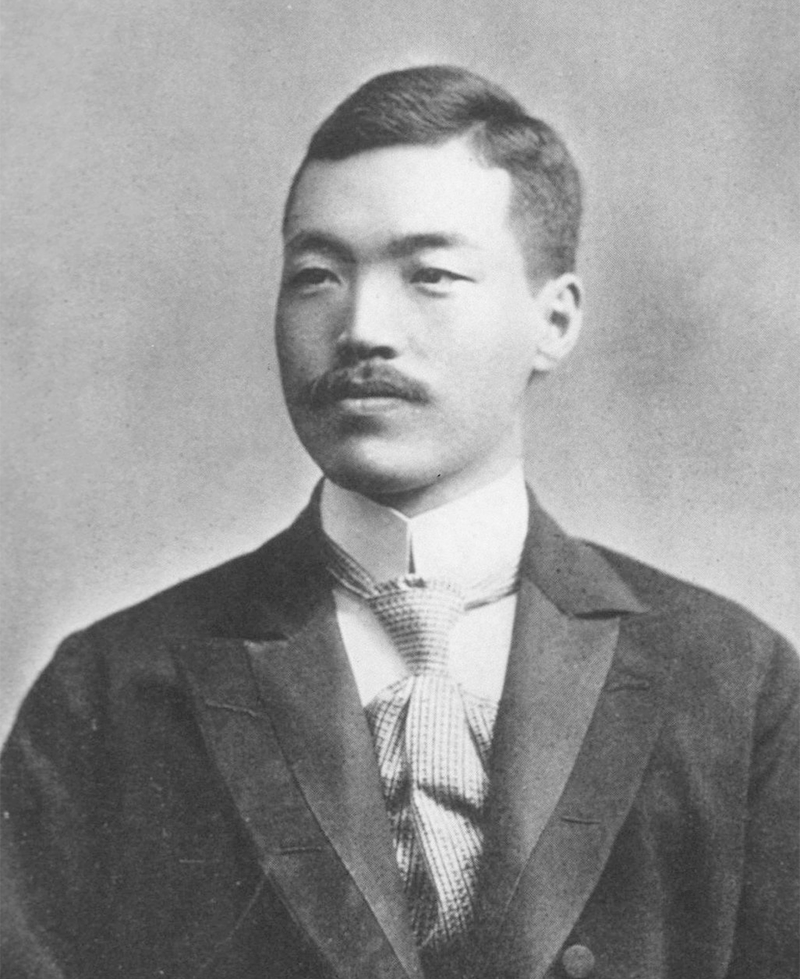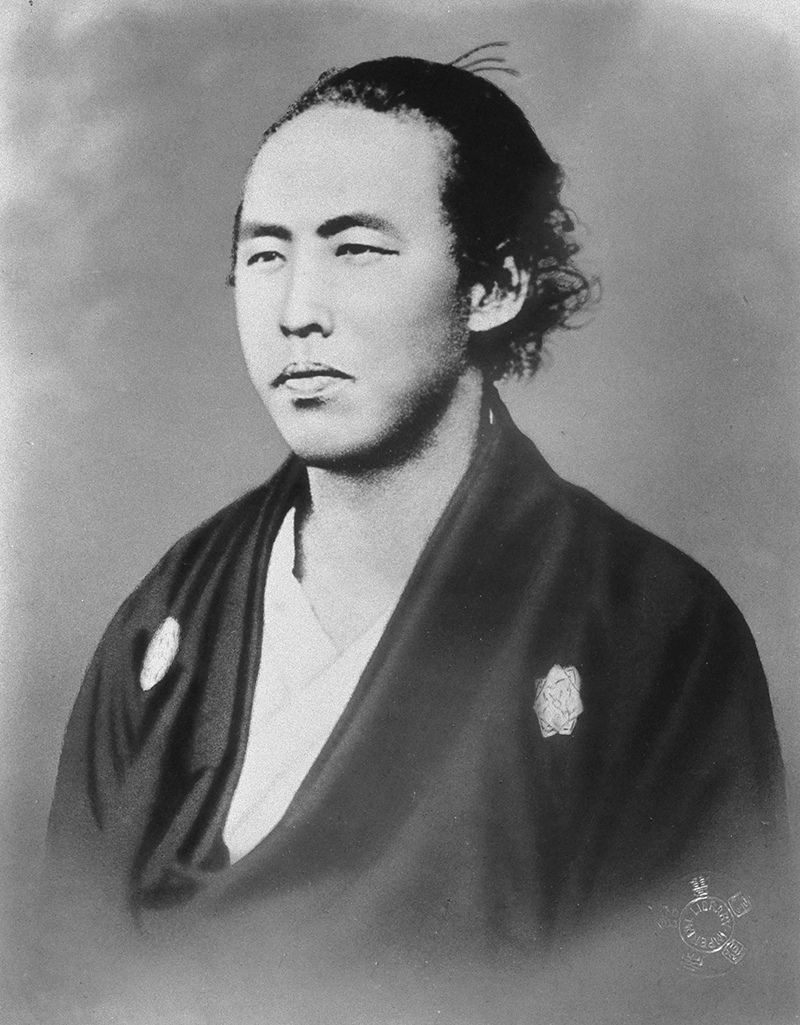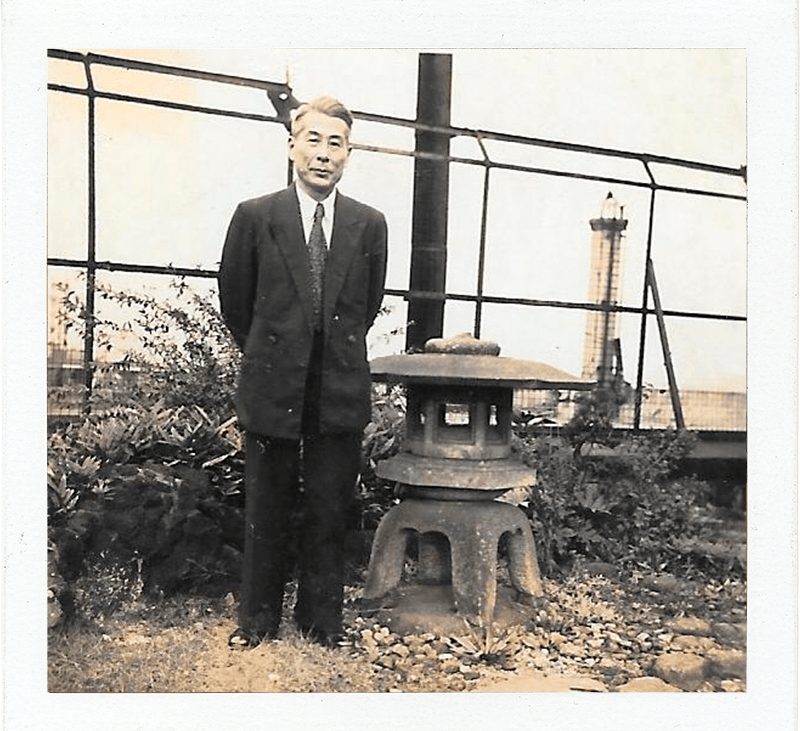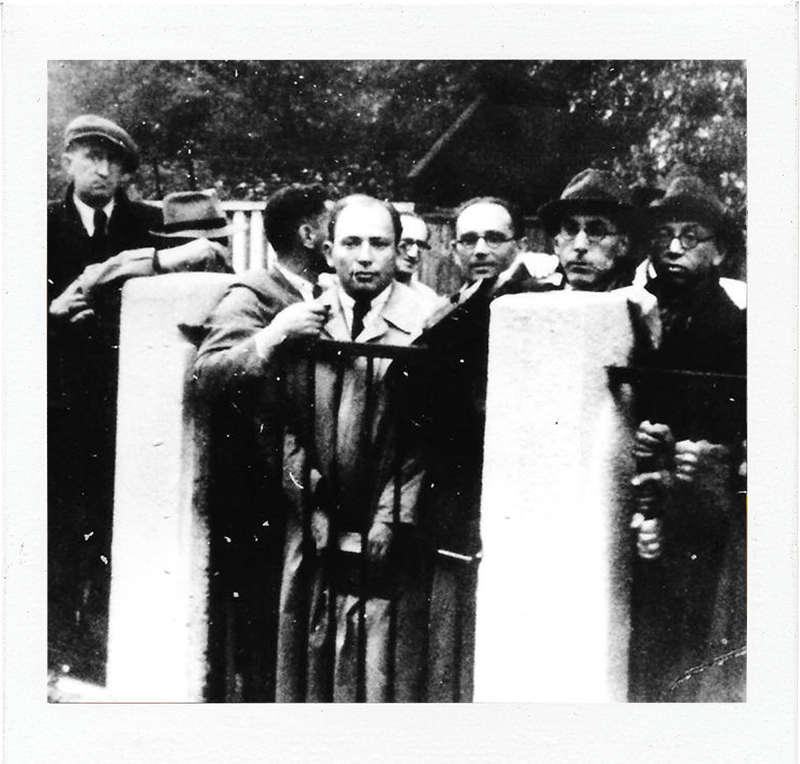We asked 500 Tokyoites to nominate the deserving title winner. Here, we count down the top 25…
25 Takeshi Kitano
One of Japan’s “big three” television comedians, a critically acclaimed arthouse director and a highly respected actor, Takeshi Kitano (a.k.a. Beat Takeshi) says his “core activity is trying to avoid being pigeon-holed by the public.” He is also a sculptor, author, presenter, poet, and columnist. A former manzai artist who hosted the slapstick gameshow Takeshi’s Castle, Kitano is most well-known abroad for movies such as Hana-bi, Sonatine and Zatoichi.
24 Toyotomi Hideyoshi
Japan’s second great unifier, Toyotomi was a skilled military leader who ruled the country from 1584 until his death in 1598 (though, he wasn’t bestowed with the title of shogun because of his peasant class origins). During his reign, he financed the construction of numerous castles and temples, prohibited all non-samurai from bearing arms, restricted travel and famously ordered the crucifixion of many Christians, including the 26 Martyrs of Japan.
23 Konosuke Matsushita
Founder of the multinational electronics corporation Panasonic, Konosuke Matsushita was a self-made business tycoon who started out in a cramped two-room tenement a century ago. He had ¥100, three employees and just one product: an electric light socket. Today Panasonic is a global household name. In 1979, the then 84-year-old launched the Matsushita Institute of Government and Management to train future politicians and businesspeople.
22 Oishi Kuranosuke
On the night of December 14, 1702 (based on the old Japanese calendar), Oishi Kuranosuke led a group of 47 ronin (masterless samurai) on a mission to exact revenge on a high-ranking official they held responsible for the death of their lord. The famous vendetta, which was said to have embodied “the essence of the samurai,” is often retold in plays, novels, films and other media.
21 Hibari Misora
The undisputed queen of enka, Hibari Misora was a cultural icon whose music helped to give the public hope after WWII. She made her debut as an 11-year-old in 1948 and went on to record a total of 1,200 songs. Her final track “Kawa no Nagara yo ni” was voted the greatest Japanese song of all time in a poll by NHK.
20 Ino Tadataka
At the age of 55 Ino Tadataka, a wealthy sake merchant, embarked on a 17-year surveying expedition of Japan. The esteemed cartographer reportedly spent 3,736 days making coastline and inland measurements (traveling approximately 34,913km). His magnum opus, a map of the entire coastline of Japan, remained unfinished at his death in 1818, but was completed by his surveying team three years later.
19 Sazo Idemitsu
Founder of the petroleum company Idemitsu Kosan, Sazo Idemitsu was a patriotic industrialist who wasn’t afraid to take on what he called the “international oil cartel.” His watershed moment came in 1953 when he sent a large tanker to purchase oil in Iran, which was under a British-led embargo. Paying 30 percent less than market prices, he was commended for his audaciousness.
18 Soichiro Honda
An entrepreneurial giant, Soichiro Honda overcame many obstacles, including opposition from the government, to build one of the biggest automotive companies in the world. He was a maverick who went against the Ministry of International Trade and Industry (MITI) when they tried to ban new car makers in the country. The first Japanese firm to manufacture automobiles in America, Honda proved very popular overseas.
17 Kazuyoshi Miura
Earlier this season 50-year-old Kazuyoshi Miura became the oldest competitive goal scorer in the history of professional football. The man known affectionately as “King Kazu” left school at the age of 15 so he could become a footballer in Brazil. He played for a number of clubs there including Pelé’s former side, Santos. He was also the first Japanese player to sign for an Italian club.
16 Yoshida Shoin
“To consider oneself different from ordinary men is wrong, but it’s right to hope that one will not remain like ordinary men.” A distinguished samurai of great intellect, Yoshida Shoin was anything but ordinary. Many of the students at his iconic private school Shoka Sonjuku – including heroic figure Takasugi Shinsaku and Japan’s first prime minister Ito Hirobumi – played instrumental roles in the Meiji Restoration.
15 Empress Michiko
Eldest daughter of a wealthy flour miller, Michiko Shoda became the first commoner to marry into the imperial family when she wed Crown Prince Akihito in January 1959. She was reportedly ill-treated by mother-in-law Empress Nagako and her courtiers, and was rumored to have suffered a nervous breakdown because of the stress. Seen as a dutiful wife and loving mother, she has earned the respect of the Japanese people.
14 Osamu Tezuka
Dubbed the “god of manga” and “father of anime,” Osamu Tezuka was a phenomenal artist and storyteller who created more than 700 volumes of work, including Black Jack, Kimba the White Lion and, most famously, Astro Boy. The man who introduced big-eyed characters to manga was also qualified to practice medicine. In 1965, he turned down an offer from Stanley Kubrick to be his art director for 2001: A Space Odyssey.
13 Emperor Akihito
Known as “the people’s emperor,” Akihito has, for the past three decades, tried to modernize the imperial family, bringing them closer to the public. Not afraid to upset nationalists, he has regularly expressed his remorse for Japan’s actions during WWII, acknowledged his ancestors’ Korean roots and in 1992 became the first Japanese monarch to visit mainland China. He’s recently been given permission to abdicate the throne.
12 Jiro Shirasu
A principled man who loved his country, Jiro Shirasu earned the respect of a nation in December 1945. Commissioned to deliver a Christmas present from Emperor Hirohito to General Douglas MacArthur, he was told to put it on the floor by the latter. Shirasu reprimanded the general for his lack of respect and demanded he put it on a table. MacArthur wasn’t used to being spoken to like that, but duly obliged.
11 Yukichi Fukuzawa
Founder of the newspaper Jiji Shinpo and Keio University (Japan’s first private university), Yukichi Fukuzawa was a progressive thinker who challenged the notion that all people had a fixed role in a hierarchical society. He encouraged people to think for themselves through his philosophy of dokuritsu-jison (independence and self-respect), which was a revolutionary concept at the time. He is the face of the ¥10,000 note.
10 Akira Kurosawa
Described by Steven Spielberg as “the pictorial Shakespeare of our time,” Akira Kurosawa was the one of the most influential directors of the 20th century. George Lucas borrowed ideas from his 1958 classic Hidden Forest for Star Wars, while The Magnificent Seven and A Fistful of Dollars were effectively remakes of Seven Samurai and Yojimbo. “Let me say it simply,” said Martin Scorsese, “Kurosawa was my master.”
9 Emperor Hirohito
Japan’s longest reigning monarch, Emperor Hirohito presided over the most tumultuous period in modern Japanese history. For some historians, he was an active war leader who escaped justice after WWII, while others viewed him as a powerless figurehead who warned that the attack on Pearl Harbor would be “self-destructive.” After the war Hirohito renounced his divinity and helped to rebuild Japan’s diplomatic image abroad.
8 Prince Shōtoku
Regarded as “the father of Japanese Buddhism,” Shōtoku Taishi was appointed regent by his aunt, Empress Suiko in 593. Influenced by Confucian principles he reportedly authored the 17-article constitution, established a centralized government, opened relations with China, and was allegedly the first person to coin the name Nihon. Some scholars, including Chubu University professor Oyama Seiichi, have expressed doubt with regards to the prince’s historicity.
7 Hayao Miyazaki
Director of some of the most imaginative animated films ever made, Hayao Miyazaki has a godlike status in Japan. His most popular smash hits include Howl’s Moving Castle, Princess Mononoke, Ponyo and Spirited Away – the highest grossing movie in Japanese history. It won an Oscar for Best Animated feature in 2002, but the co-founder of Studio Ghibli didn’t turn up to receive the award in protest of the war in Iraq.
6 Oda Nobunaga
Viewed as both a hero and villain, Oda Nobunaga was so ruthless he had his maid executed after she left a stem of fruit on his floor. The first of Japan’s great three unifiers, Nobunaga was the man that laid the foundations for Toyotomi Hideyoshi and Tokugawa Ieyasu. Known as the “Demon Daimyo,” he managed to consolidate the majority of what had been a fractured country.
5 Tokugawa Ieyasu
A patient and shrewd general who waited for the right time to take control, Ieyasu was the founder of the Tokugawa Shogunate, a dynasty that ruled Japan for more than 250 years. Along with Oda Nobunaga and Toyotomi Hideyoshi, Ieyasu was one of the three great leaders who helped to unify the country towards the end of the Sengoku (Warring States) period. A master tactician on the battlefield and calculating off it, he was careful when it came to forming and changing allegiances. He remained loyal to Nobunaga and even ordered the execution of his own wife and son (by forced seppuku) when they were accused of conspiring against the ruthless warrior.
Five years after Nobunaga was killed, Ieyasu joined forces with Hideyoshi, who sent him to govern lands in East Japan. Following Hideyoshi’s death, civil war broke out and in 1600 Ieyasu’s troops defeated the Western army at the Battle of Sekigahara. Three years later he received the title of shogun and then consolidated his power at the Siege of Osaka in 1615, eliminating the remnants of the Toyotomi clan.
4 Ichiro Suzuki
A baseball legend who’s usually referred to mononymously, Ichiro is arguably Japan’s greatest ever sporting export. Playing for Miami Marlins in July, the 43-year-old outfielder surpassed Panamanian “batting champion” Rod Carew as the record-holder for hits by a foreigner in the Major League. Remarkably, he only made his MLB debut at the age of 27. Before moving to America, Ichiro played for Orix Blue Wave in Japan where he recorded 1,278 hits in nine seasons. Combining his totals from the two countries he’s had more hits than any player in the history of top-tier baseball.
In 2001, he signed for the Seattle Mariners, where he was handed the 51 jersey previously worn by Randy Johnson. Ichiro sent the legendary pitcher a letter promising not to bring shame to the number. He needn’t have worried. The Japanese star became the first player to achieve 10 consecutive 200-hit seasons and won 10 Golden Glove awards over the same period. He’s broken too many records to mention and plans to continue playing until he’s 50.
3 Dr. Hideyo Noguchi
The face of the ¥1,000 note, Dr. Hideyo Noguchi was a renowned bacteriologist who dedicated his life to medical research. As a toddler Noguchi burned his left hand, resulting in his fingers being fused together. He passed his medical exams at the age of 20, but struggled to find work in Japan due to his disability. At the start of the 20th century he moved to America where he was nicknamed “the human dynamo.” In 1911 Noguchi was accused of unethical human experimentation, having allegedly injected children with a syphilis extract, lutein, while trying to develop a skin test for syphilis.
His most significant scientific contribution came in 1913 when he demonstrated the presence of the bacterium Treponema pallidum – the causative agent of syphilis – in the brain of a progressive paralysis patient, proving it was the cause of the disease. Much of Noguchi’s later research was discredited, however, including his claim that yellow fever was caused by spirochete bacteria. He had seemingly confused yellow fever with leptospirosis. He died of the former while working in Accra, Gold Coast (modern-day Ghana) aged 51.
2 Sakamoto Ryoma
“Although I was born a mere potato digger in Tosa, a nobody, I’m destined to bring about big changes in the nation,” wrote the legendary samurai in one of many letters he sent to his sister. True to his word, Sakamoto Ryoma was a key player in the movement to overthrow Japan’s last military feudal government: the Tokugawa Shogunate. In 1862, he illegally abandoned his home domain in Tosa and headed to Edo where he met Katsu Kaishu, a high-ranking official, who Sakamoto had originally planned to assassinate. Katsu convinced him they would be better off working together to develop a long-term plan to increase Japan’s military strength.
Sakamoto remarkably managed to broker a peace deal between the warring provinces of Satsuma (Kagoshima Prefecture) and Choshu (Yamaguchi Prefecture) to help them conquer the Shogunate. Along with Katsu, he also modernized the navy and established Japan’s first modern company known as Kaientai, which was initially used to transport guns for revolutionaries. Sakamoto was murdered in Kyoto in 1867. The identity of his killer remains a mystery.
And the Greatest Japanese Person Ever Is…Chiune Sugihara
A man who defied the Japanese government and risked his career to save the lives of thousands of Jewish people (mainly from Poland) who were living in Lithuania during WWII.
On July 18, 1940, a crowd of Jewish refugees gathered outside the Japanese consulate building in Kaunas, Lithuania. With Nazi Germany rapidly advancing east, their only hope of survival it seemed was to obtain a transit visa for Japan. Acting consul from the Netherlands Jan Zwartendijk had issued them with permits for Curaçao, a Dutch colonial territory in the West Indies where visas weren’t required. To get through the Soviet Union, however, they required transit visas for a third country. That’s where Chiune Sugihara came in.
Aside from Zwartendijk, he was the only remaining foreign consul in the city. Though sympathetic to their cause, Sugihara first wanted to get approval from the Japanese foreign ministry before issuing any visas. Three times he wired a request; three times he was refused.
With the situation becoming more desperate, Sugihara decided to ignore his government and take matters into his own hands. Despite knowing that his career and life were at stake, he worked 18 to 20 hours a day issuing more than 2,000 visas, many of which included dependents. It’s estimated that between 6,000 and 10,000 people escaped because of his selflessness. The Japanese foreign office asked Sugihara to resign in 1947.
“My father just did what he felt was right even if there were repercussions,” says Sugihara’s youngest and only surviving son, Nobuki Sugihara. “He would never think of himself as a hero and rarely talked about what he did in Kaunas. I knew nothing about it until I was 19. He got a call from the Israeli embassy in Japan and we went there together. Commercial attaché Jehoshua Nishri, whose family had been saved by a visa [my father] issued, managed to track him down after trying unsuccessfully through the ministry of foreign affairs numerous times. Nishri informed us that many others had escaped. My father never really displayed his emotions, but that was pleasing for him to hear because he had no idea what had happened to them.”
For decades, little was known about Sugihara. Things started to change in the years leading up to his death, and in 1985, a year before his passing, he was recognized in Israel as Righteous Among the Nations, a title given to non-Jews who showed great courage during the Holocaust to help keep Jewish people alive. Interest in the former diplomat has continued to grow since. He’s had streets, museums and an asteroid named in his honor. Numerous books, documentaries and films have been written about him, including the 2015 movie Persona Non Grata.
“It’s good that people know about what he did and I believe his story will be included in Japanese textbooks, but I’m concerned the truth is being distorted,” Nobuki tells us. “I’ve listened to his recordings and he doesn’t mention throwing visas from a train, which was written in a biography and has been repeated many times. It’s often been said that he was born in Yaotsu when in fact his birthplace was Mino City. I feel the movie has lots of inaccuracies too, and Toshiaki Karasawa’s character was nothing like my father. Also, the female Russian spy didn’t exist.”
Persona Non Grata director Cellin Gluck, a man of Japanese and Jewish descent, defended the film to Weekender. “Every story needs a certain amount of romance,” he says. “The character of Irina is based on an actual person but since she didn’t come back into his life in Kaunas, we decided to fictionalize her. We took great care to portray Chiune Sugihara as a man of compassion and intelligence who did what he did guided by his own moral compass.”
“We did all we could to honor Mr. Sugihara without turning him into a cartoon superhero, which would have been unacceptable. It’s an important story about an individual who did what he believed was right regardless of the consequences. I hope people that watch it can feel that one person, no matter the odds, can truly make a difference.”
Updated On December 28, 2022

